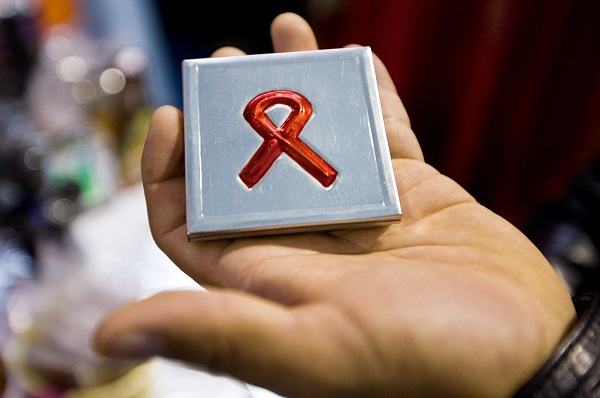In June 1981, the United States’ Centers for Disease Control noted in its weekly report that five ‘previously healthy’ young men in Los Angeles had been treated for pneumonia. Two of them had died. On the other side of the country lived soon-to-be third grader Marco Roth, the son of a doctor and musician. Receiving an ‘experiment in nineteenth-century “middle-class” European education’, he was surrounded by classical concerts, classic literature and medicine in Manhattan. Oblivious to the fact that that summer’s bulletin included some of the first officially recognized deaths brought about by the AIDS epidemic, Roth was also unaware that his own father had been infected by the HIV virus at around the same time.
According to the ‘official’ version of events, recounted in the opening pages of his memoir The Scientists: A Family Romance, his father contracted the virus from a needle accident whilst taking blood from an infected patient. This truth remains unchallenged for the rest of his father’s shortened life, which Roth lives out with his ‘microscopic sibling, HIV,’ as the family maintains the secret of his father’s stigmatised condition. Domesticity is transformed as the family kitchen is full of magnified images of infected cells and stacks of medical reports, whilst his father slowly succumbs in the living room , years before the advent of life-saving antiretroviral therapy.
Following his father’s death Roth attempts to move, both physically and mentally, away from the trauma of his adolescence. He charts his beginnings in academia, time in Paris desperate to meet Derrida, moving with his future wife to Oxford and fatherhood. This is interrupted when his novelist aunt writes her own memoir, in which doubt is cast over her brother’s sexuality and the manner in which the virus was most likely transmitted. Roth subsequently takes it upon himself to aspire the scientific inquisitiveness of his father and uncover the truth, but being a literary academic, does what he does best, he reads. Unable to obtain solid evidence supporting his aunt’s hypothesis, he reads into memories of his father, as well as into father’s favourite books.
Despite his father’s diagnosis acting as the catalyst to the text and its effects remaining throughout, other aspects of the memoir must not be overshadowed. The New York of Roth’s childhood and adolescence is vibrant and buzzing, being labelled the ‘Athens’ of the age. His intimacy with Jewish culture and the liberal lives of the Upper West Side, endow Roth with a witty and self-conscious voice. Anecdotes about learning Hebrew, summers in France and youthful attempts at romance help in navigating a memoir which can seem rather heavy.
However, even the most difficult of scenes, such as his father’s death, are not lachrymosely sensationalised or romanticised, but rather lucidly and emotively detailed. The more medical aspects of his father’s diagnosis are pertinently analogised, essential for those not fluent in immunobiological terminology. This allows the reader to understand how this retrograde retrovirus, so wildly unknown at the time and so audaciously against the natural laws of the human body’s immunity , fascinates his scientist father: ‘He is a man who appreciates his enemy.’
Albeit an engaging idea, Roth’s textual readings of his father’s books can border into intellectual overabundance, slightly meandering for those unfamiliar with the specific texts. Although such an act would appear integral to Roth’s posthumous relationship with his father, it retrospectively becomes redundant. Before the truth surrounding his father is revealed, he concludes that such acts of reading for meaning or an apparent validity are in the end futile. The relationship Roth has with the allure of drawing metaphors with medicine, what he alliterates as ‘cellular similes’ and the act of reading, would appear to be as mutable as his relationship with his father in his final years.
Literature focusing on the lives and stories of the AIDS epidemic, rather than on the science, is in fact rather sparse in the English-speaking world. There is Tony Kushner’s play Angels in America and Hollinghurst’s The Line of Beauty, both of which broaden to encompass the gradients of a national, cultural and political narrative. Kushner explores the American Dream, politics and history in Reaganite America and Hollinghurst examines sexuality, class and race in Thatcherite Britain. This is where Roth’s highly personal and idiosyncratic ‘classic American story’ differs. It is ultimately a ‘family romance’, one in which his own manifest destiny would appear to be to search for the truth and in response to it, write this memoir.






Comments